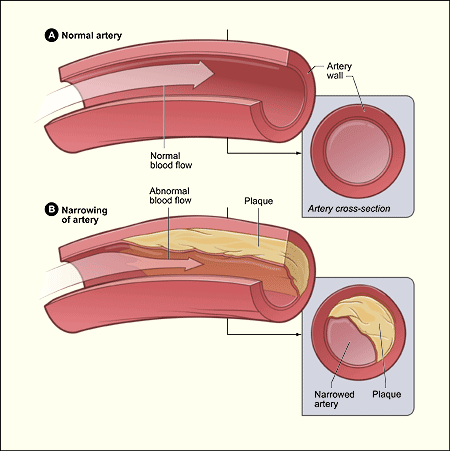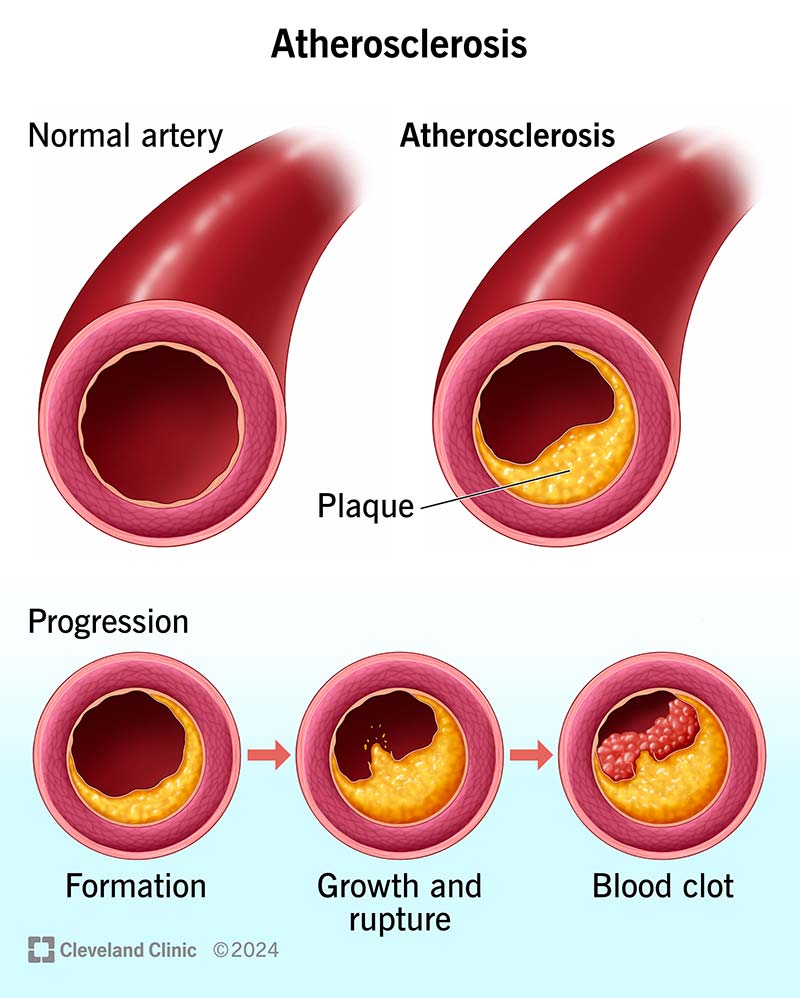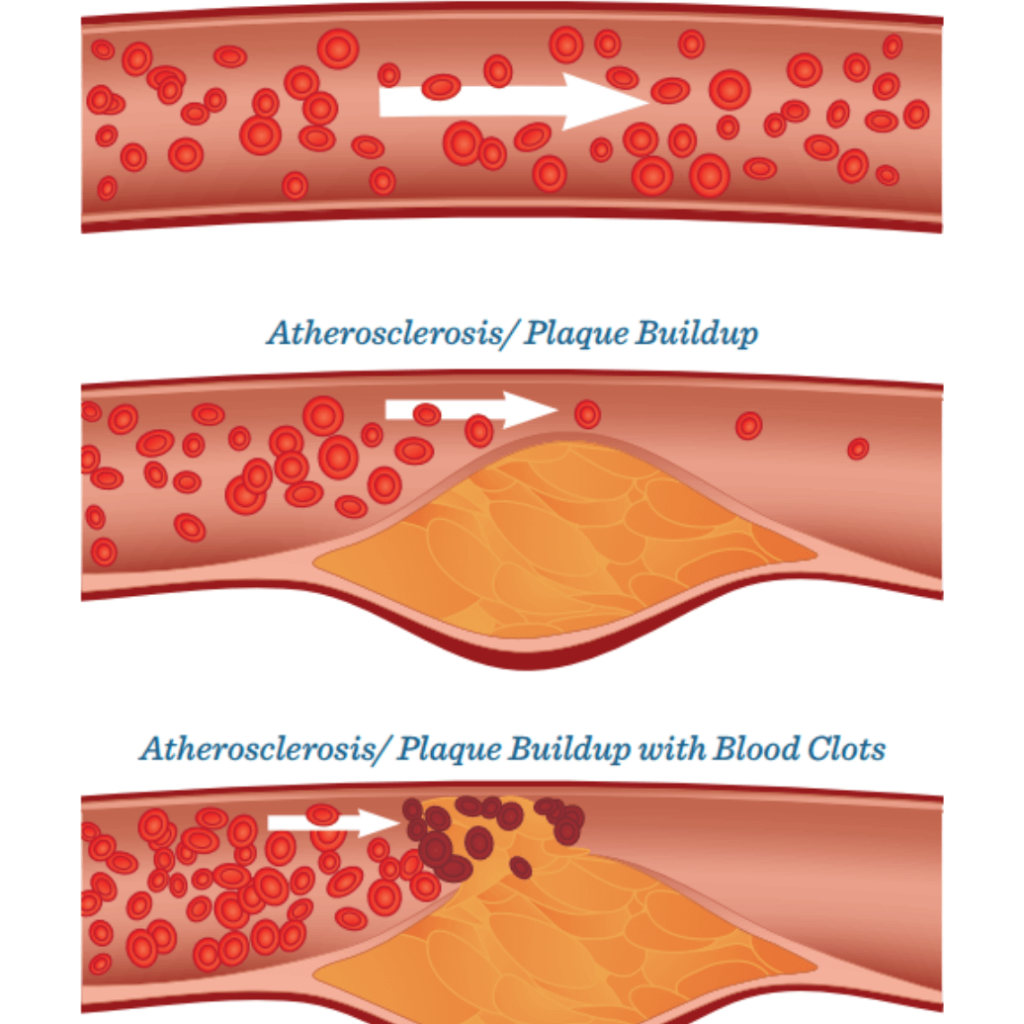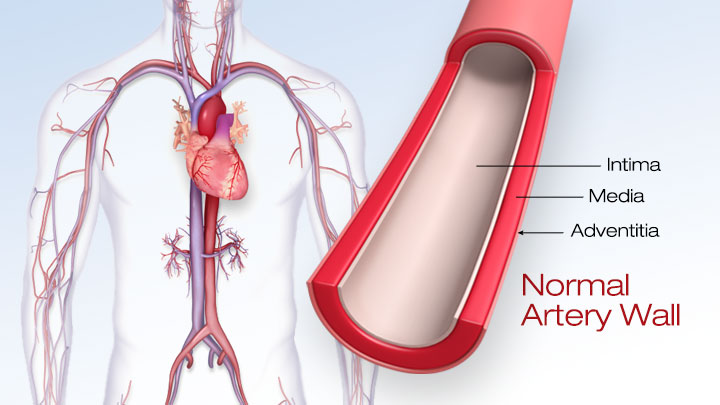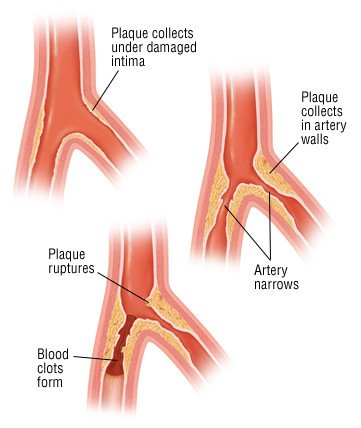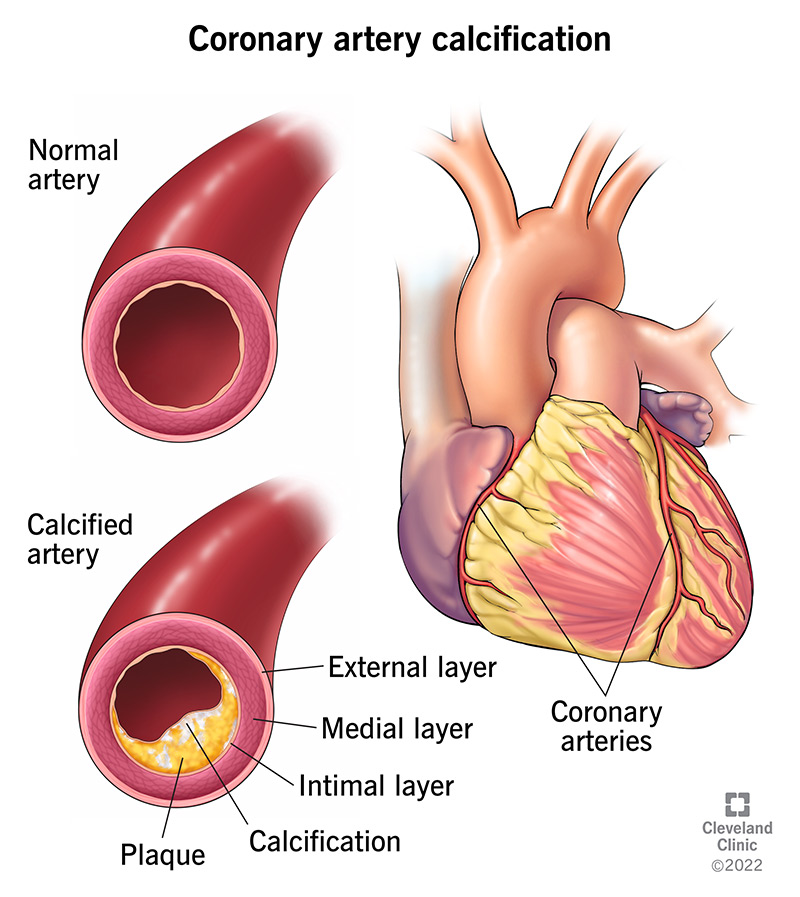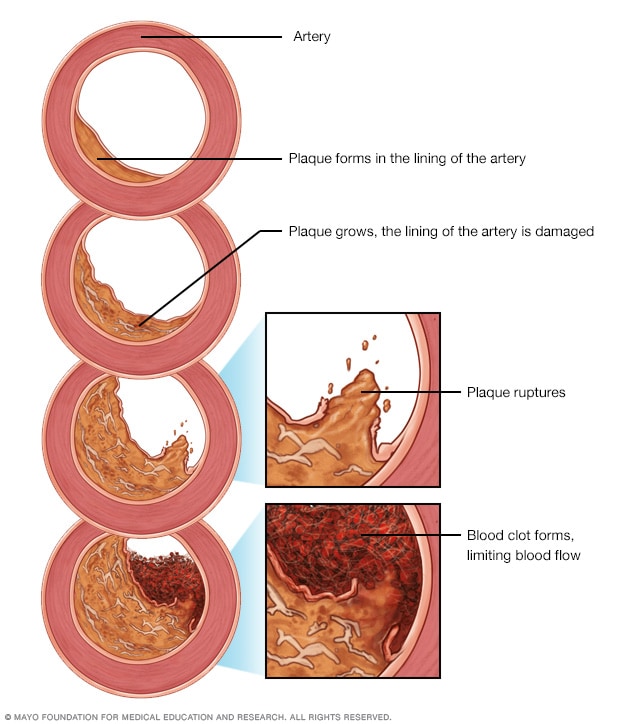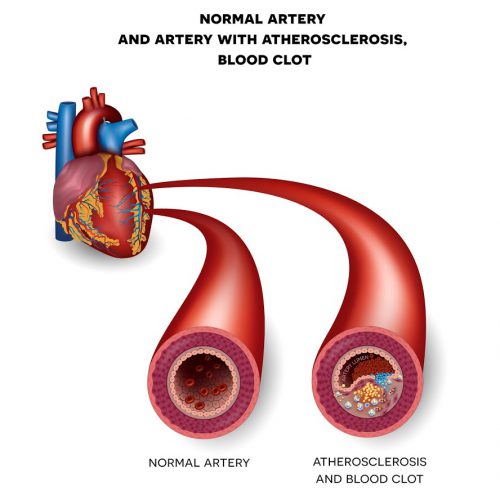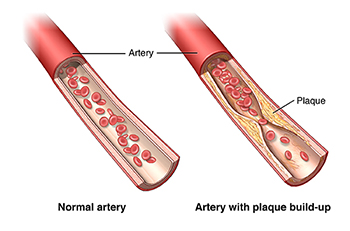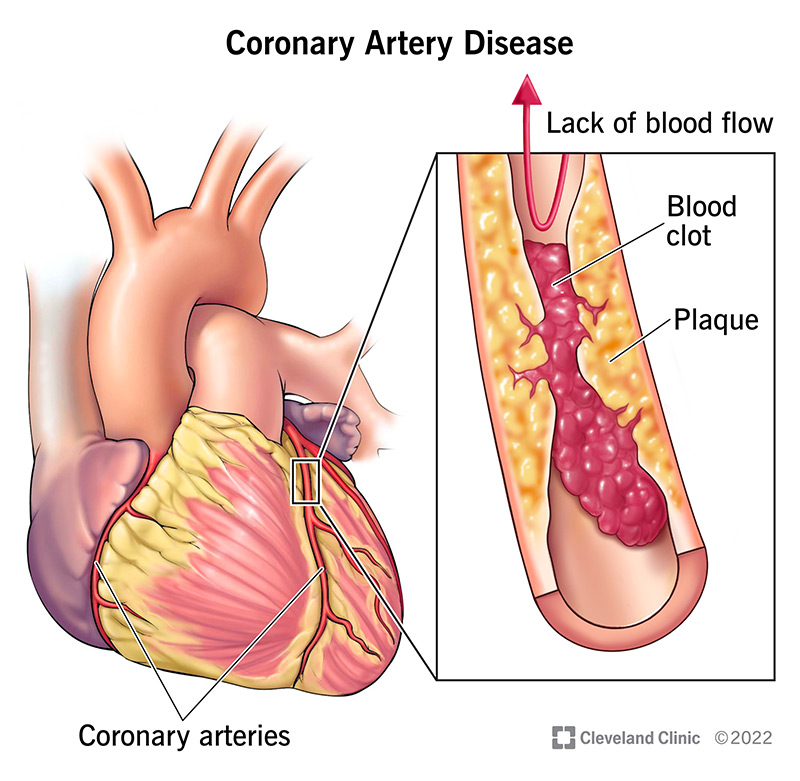Fabulous Tips About How To Check For Atherosclerosis

Doctors use several tests to help diagnose atherosclerosis:
How to check for atherosclerosis. Your provider will tell you if you need to come in more often or see any specialists, like a cardiologist. The cause of atherosclerosis isn’t. In most cases, tests are necessary to diagnose atherosclerosis.
Your doctor looks at the sugar and cholesterol levels in your blood to see if they are higher than they should be. When atherosclerosis completely blocks the brain arteries and/or the above symptoms last longer, it's generally called a stroke. Abdomen — when atherosclerosis narrows.
Although atherosclerosis is not “reversible” as such, there are a variety of treatments available to slow down the process and prevent it from worsening, up to and including surgery. These tests can be used to measure the amount of fats and cholesterol in your blood, how much resistance your heart faces when pumping blood (blood. Chest pain ( angina ), cold sweats, dizziness, extreme tiredness, heart palpitations (feeling that your heart is racing), shortness of breath, nausea and weakness are all symptoms.
Order blood tests to see. If you have atherosclerosis in the arteries leading to your brain, you may. Talk with your doctor regularly about your progress.
Call your provider if you experience new or. Plaque narrows the vessels and slows down blood flow. When the plaque builds up, it causes your arteries to narrow.
If you have atherosclerosis in your heart arteries, you may have chest pain or pressure (angina). Various tests are commonly used, and the choice of test depends on which arteries are affected. Atherosclerosis in the peripheral arteries:
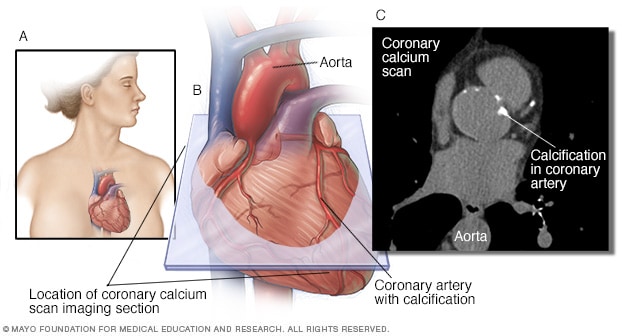
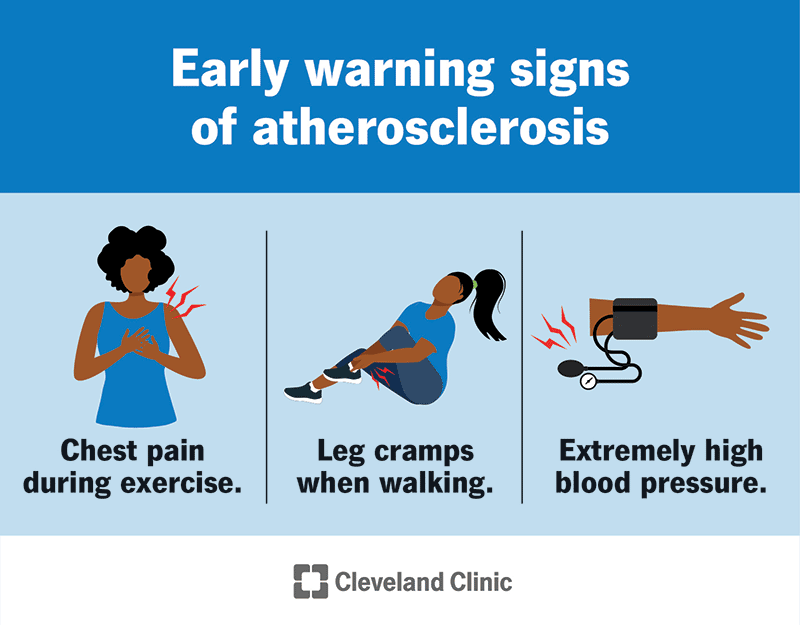
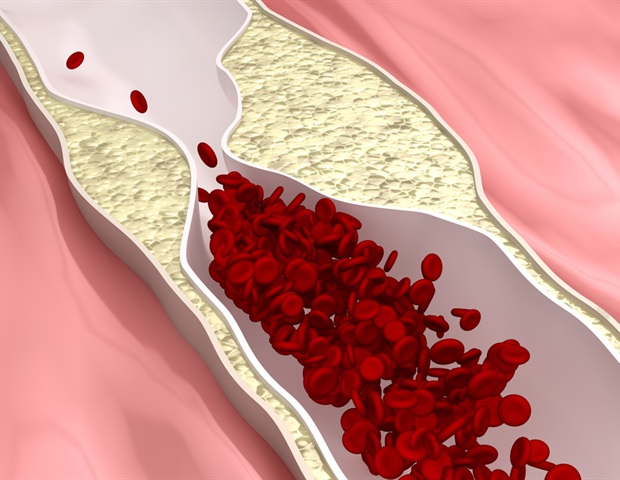
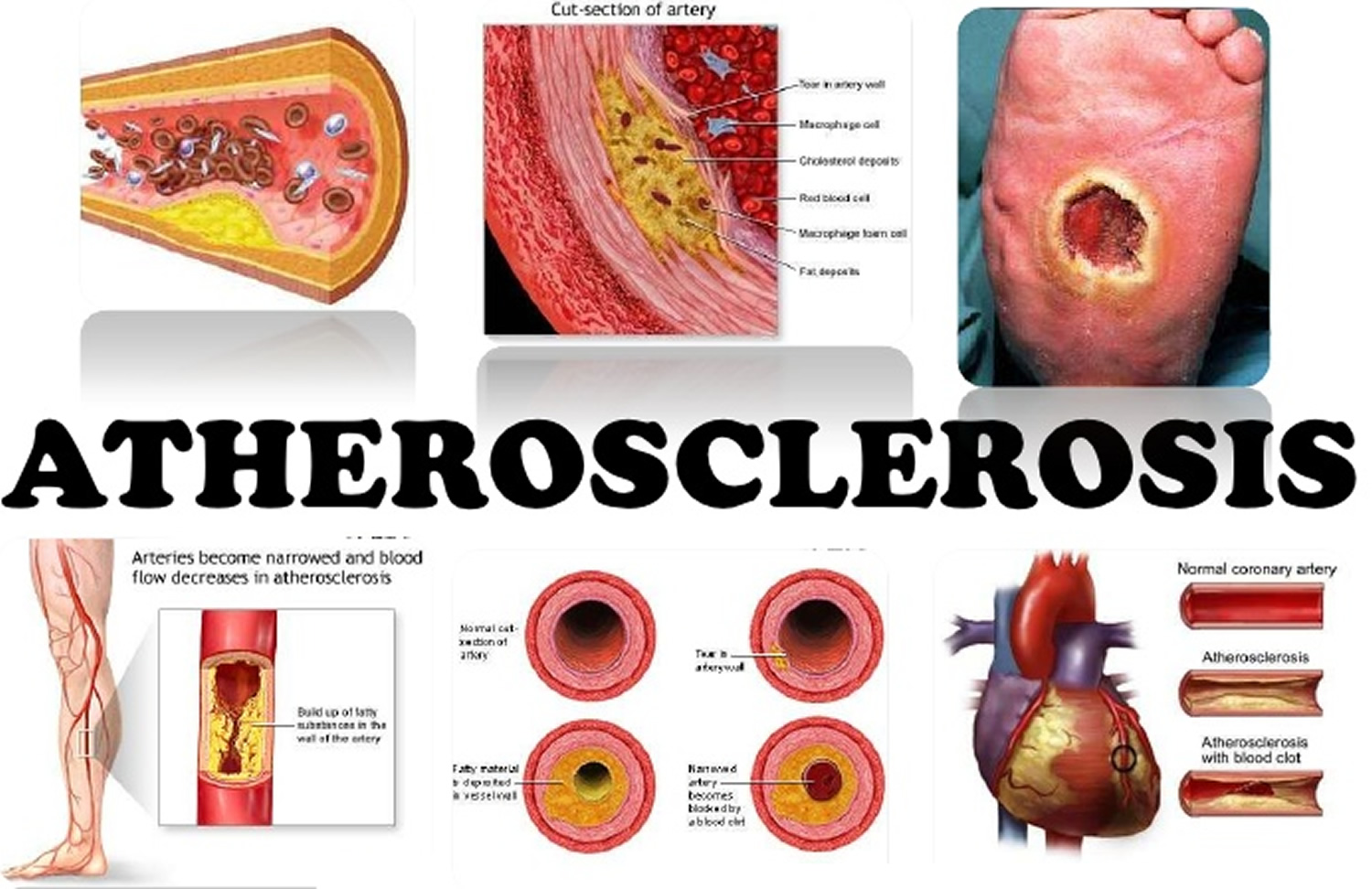
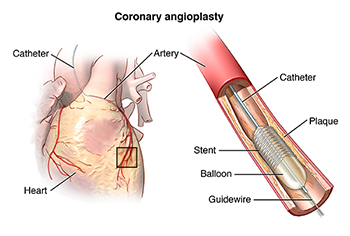
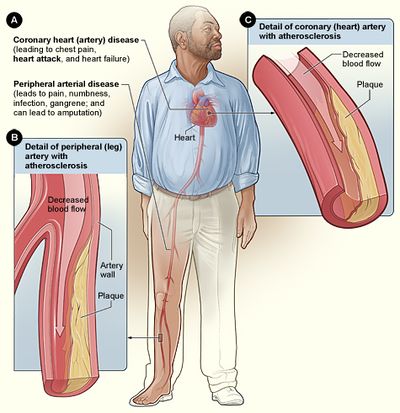
:max_bytes(150000):strip_icc()/atherosclerosis--comparison-of-a-normal-artery-with-an-artery-narrowed-by-atherosclerotic-plaque-141482997-5a64fa35845b340036c8400c.jpg)
